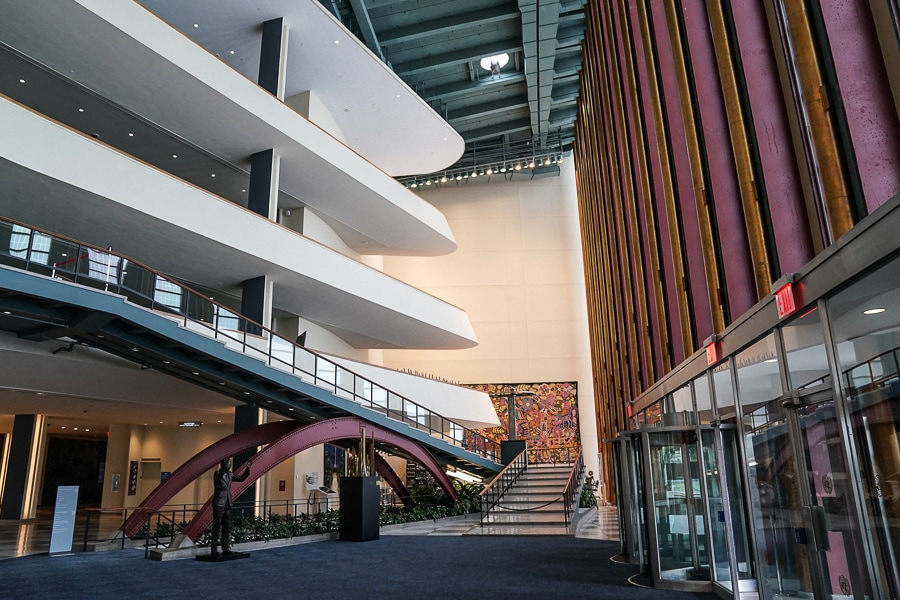
Inside the UN headquarters: A treasure trove of art
Artworks by the likes of Marc Chagall, Henry Moore, and Fernand Leger are some of the important pieces making the United Nations headquarters in New York compound another attractive tourist stop in the Big Apple
 Chagall, Moore, Léger: in nearly eight decades, the United Nations headquarters in New York has accumulated valuable works of art, from states and individuals, making the compound another attractive tourist stop in the Big Apple.
Chagall, Moore, Léger: in nearly eight decades, the United Nations headquarters in New York has accumulated valuable works of art, from states and individuals, making the compound another attractive tourist stop in the Big Apple.
Image: Bryan R. Smith / AFP
Marc Chagall, Henry Moore and Fernand Leger.
In almost eight decades, the UN headquarters in New York has accumulated numerous artworks, making it home to a little-known but precious collection.
The crises that nations deal with inside the centre of international diplomacy are expressed through some of the 400 works, which have been donated by 150 of the 193 member countries.
"We have an art collection that would be the envy of many museums in the world. And we are not a museum," says Werner Schmidt, who oversees the collection that tourists could partially visit before the pandemic but which currently remains closed to the public.







